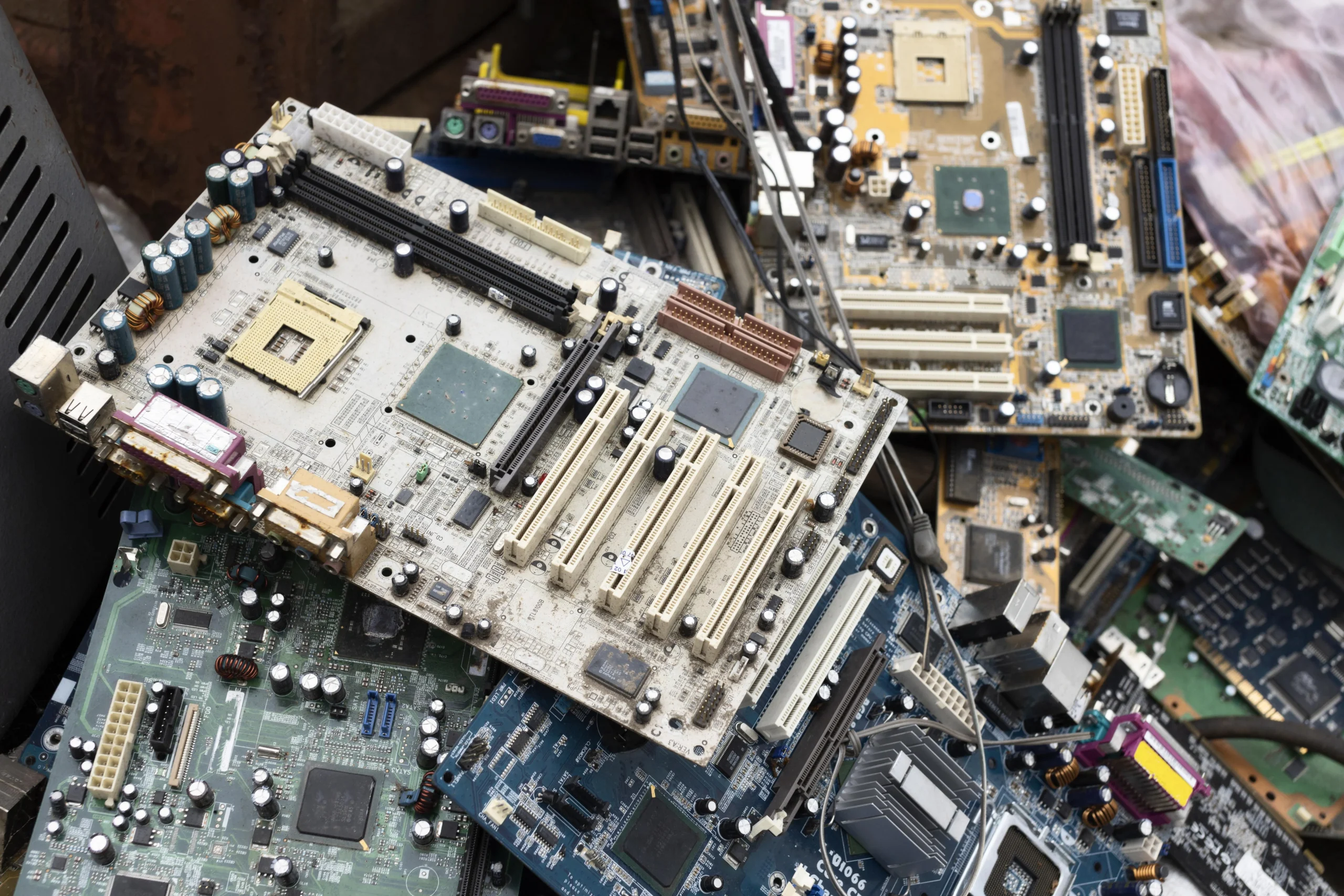
When moving to a new home or office, one of the most delicate parts of the process is transporting electronics. From TVs and computers to gaming consoles and smart devices, your electronics are not only valuable but also fragile. If not properly prepared, a simple bump or drop could result in permanent damage or data loss. This guide will walk you through the best practices for preparing your electronics for transport—safely, securely, and stress-free.
Back Up Your Data
Before unplugging anything, make sure to back up all important files, documents, and media. For computers, tablets, and smartphones, use:
- External hard drives
- Cloud storage (Google Drive, iCloud, Dropbox, etc.)
- USB flash drives
Backing up your data protects you from accidental damage, theft, or data corruption during the move. It’s a quick step that provides long-term peace of mind.
Take Photos of Cable Setups
Before disconnecting your devices, take clear photos of the cable connections, ports, and wiring setup. This makes reassembly much easier, especially for:
- Desktop computers
- Home theater systems
- Routers and modems
- Gaming setups
Label cords or use color-coded stickers to match cables to their ports. Store all cables, remotes, and accessories in a labeled bag or box for easy access later.
Power Down and Unplug
Turn off each device and allow it to cool down before handling. Unplug everything from the power source and remove any batteries or external components. For example:
- Remove ink cartridges from printers
- Eject discs from game consoles
- Detach USB drives or SD cards
- Take out batteries from remotes and accessories
This prevents overheating, leaking, or damage from pressure during the move.
Use Original Packaging When Possible
Manufacturers design product boxes to offer the best protection during shipping. If you still have the original packaging (with foam inserts and molded padding), use it. It’s especially useful for:
- Televisions
- Desktop computers
- Monitors
- Audio equipment
If you don’t have the original box, use a sturdy cardboard box and plenty of padding. Anti-static bubble wrap or foam sheets work best for electronic surfaces.
Wrap Devices Carefully
Wrap each device individually using:
- Anti-static bubble wrap
- Foam padding
- Packing paper or soft cloths (for screens)
Avoid using newspaper or materials that may scratch delicate surfaces. Tape the wrapping securely, but avoid placing tape directly on devices, as it can leave residue.
For extra protection, place small items in plastic containers or wrap them with thick towels before boxing.
Secure the Screens
Flat-screen TVs and monitors are especially vulnerable during transport. To protect them:
- Cover the screen with a microfiber cloth or foam sheet
- Use corner protectors or edge guards
- Pack the screen upright—not flat—to reduce pressure on the glass
- Place the device between cushions or sturdy padding in the box
Never lay screens face-down during a move. Keep them vertical, secured between soft items or foam inserts.
Box and Label Properly
Use double-walled boxes or containers for extra strength. Add padding to the bottom before placing the device inside. Fill any empty space with:
- Packing peanuts
- Crumpled packing paper
- Air pillows
Clearly label each box with:
- “Fragile”
- “Electronics – This Side Up”
- Contents (e.g., “Router & Modem”)
This helps movers handle your items with care and ensures you know what’s inside when unpacking.
Protect Against Static and Moisture
Static electricity can damage internal components of electronics. Wrap sensitive items in anti-static bags or use anti-static bubble wrap.
To protect against moisture:
- Place silica gel packets inside boxes
- Avoid transporting electronics during heavy rain (or use waterproof covers)
- Use plastic wrap or waterproof bags for small devices
Moisture damage can be just as harmful as physical impact, so take extra care in humid or unpredictable climates.
Pack Accessories Separately
Cables, chargers, adapters, and remotes can easily get tangled or lost. Place them in:
- Zip-lock bags
- Small boxes labeled by device
- Plastic containers with dividers
Use masking tape to label each cord or charger with the device it belongs to. This saves time during unpacking and avoids mixing up similar-looking accessories.
Consider Climate Control for Storage
If you’re storing electronics for an extended period, choose a climate-controlled storage unit. Extreme heat, cold, or humidity can warp plastic, damage batteries, and corrode internal parts.
Storage spaces should be:
- Cool and dry
- Away from direct sunlight
- Free of dust and pests
Also, avoid stacking heavy items on top of electronics in storage.
Insurance and Serial Numbers
Take note of the serial numbers of all your electronics before the move. This is helpful for:
- Verifying ownership in case of loss or theft
- Filing insurance claims
- Tracking warranty status
Consider purchasing moving insurance that covers electronics and valuable items. Basic coverage may not be enough if you’re transporting expensive gear.
Set Aside Essentials
Pack a separate box with the electronics you’ll need immediately after the move, such as:
- Laptop or tablet
- Phone chargers
- Router and modem
- TV remote
Label this box as “Essentials” and keep it with you if possible. This ensures you can stay connected and entertained while unpacking the rest.
Final Thoughts
Transporting electronics doesn’t have to be stressful or risky. With the right preparation, tools, and attention to detail, you can protect your valuable devices from damage. Always take time to back up data, use proper packing materials, and organize your cords and accessories.
Whether you’re moving across the street or across the country, following these steps will help ensure your electronics arrive safely—and ready to plug and play in your new space.


